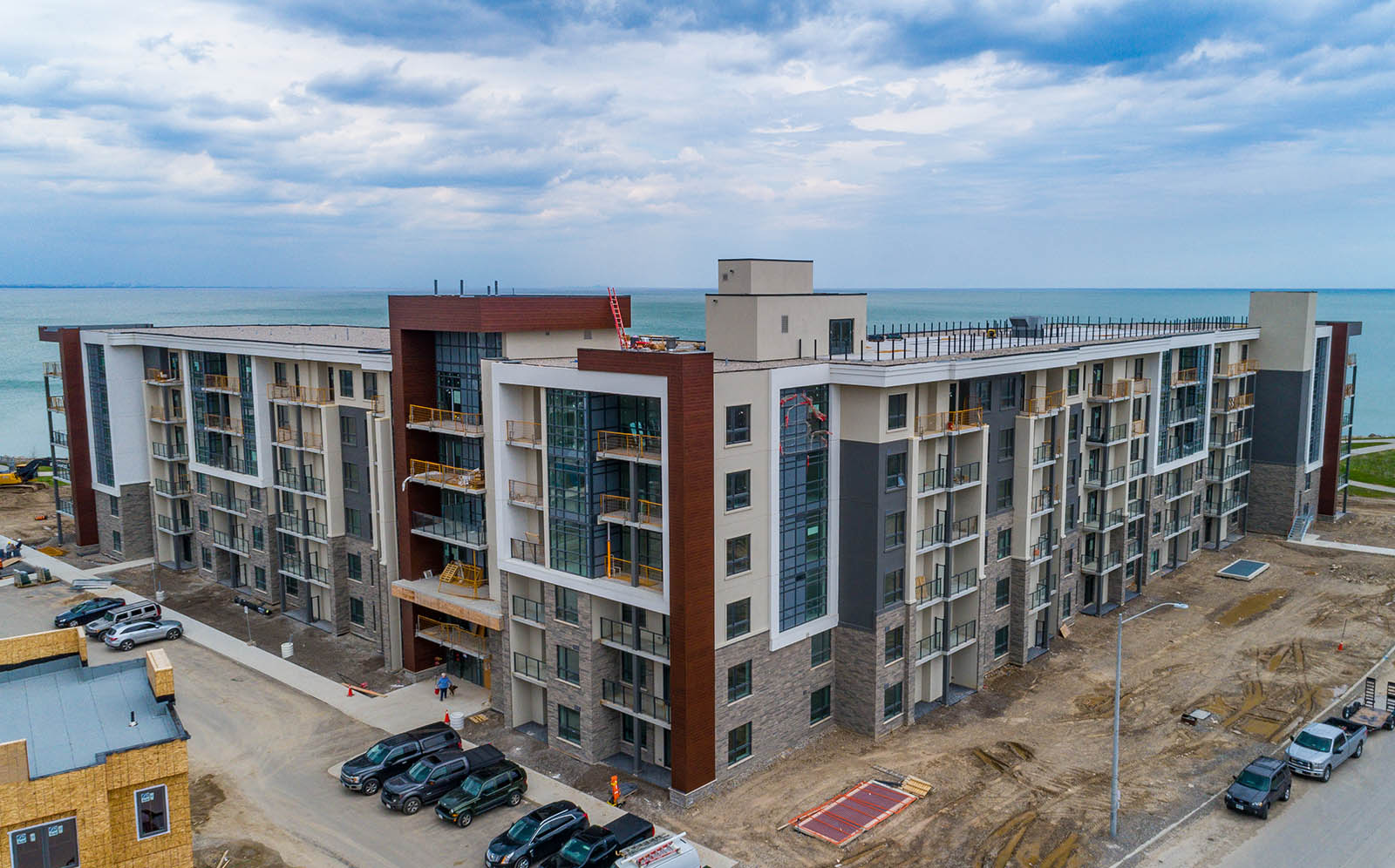Cold-formed steel framing has been around since the 1850s1, but its popularity has exploded in recent years due to budget constraints, shortened project timelines, and high demand. For example, the luxury custom home market has seen a boost in recent years in areas like Phoenix, where custom builders have doubled their revenue and active building permits have jumped 10% since 20172. The use of cold-formed steel framing has fueled this growth, through shorter overall project lengths, less waste, and reduced costs. It’s these advantages that have positioned steel framing as a go-to resource for construction and architecture professionals across several industries.
Flexibility of design with cold-formed steel framing
The design process for cold-formed steel framing is simplified, with every joist produced to meet the desired strength levels and tolerances3 as required for each individual structure. Incorporating these specifications at the design stage allows architects to create freely while staying within the parameters of the project.
The versatility of steel can be seen in more than cold-steel formed structures alone, as steel can be molded into just about any shape 4. Steel structures can range from the simplest of warehouses to skyscrapers to residential homes. Some of the most famous buildings and structures around the globe were crafted from steel5, including Dubai’s Burj Khalifa (the tallest man-made building in the world) and Chicago’s Willis Tower (formerly the Sears Tower).
Additionally, existing cold-formed steel framing can extend the usability of an existing building by creating additions and industrial mezzanines. In short, this is a building material that provides unparalleled flexibility.

Cold-formed steel framing weighs less than concrete
Compared to concrete, steel still comes out on top. Cold-formed steel weighs less than concrete7, but carries the same structural load. This means buildings can use lightweight flooring and smaller foundations without compromising the integrity of the structure.
Shorter construction schedule with cold-formed steel framing
Cold-formed steel is fabricated to its exact specifications off-site8. Simultaneously, preliminary site prep and foundation work are already underway. Once fabrication is complete, the steel is transported to the construction site and installed quickly. This saves a tremendous amount of time at this early stage, which in turn cuts down the overall time required for the complete project. Project managers are freed up to focus on other aspects of the build. Also, human error doesn’t cause any delays – the off-site fabrication means no re-measuring, re-cutting, or re-installing of materials9.
Steel is a cost-effective construction material
While in some cases the initial cost of a cold-formed steel structure can be more expensive than other building systems, the reduced amount of maintenance and warranty callbacks result in a lower total cost of building ownership.
Innovation over the years has reduced the amount of labour necessary to produce steel. One man-hour is required to produce a ton of steel today, whereas almost 40 years ago, it required 1010. Luckily, the consumer has reaped the benefit of this reduced labour cost.
Additionally, cold-formed steel systems are easy to install, which eliminates the need for special installation crews and slashes additional costs.
But cold-formed steel also helps cut costs throughout the duration of the project and over time. The use of steel creates savings regarding foundations and other general conditions11. And steel’s durability means there will be less repairs and maintenance over the years. This can save building owners tens of thousands of dollars.
Less noise with increased acoustic ratings
Acoustic ratings for cold-formed steel framing are 60% higher than those of precast concrete and 34% higher than ratings for wood and gypcrete.12 Steel framing can easily be combined with sound flanking techniques to reduce noise, which is an important factor for any building and its inhabitants.

Sustainable designs with cold-formed steel framing
In addition to the slew of other benefits, cold-formed steel framing is green. Structural steel is comprised of 90% recyclable material and, at the end of a building’s life, 100% of the steel can be recycled – no need to demolish and dispose13.
Over nearly three decades, the steel manufacturing industry has worked to reduce CO2 emissions by 35% and energy intensity per ton of steel produced by 28%. Use of steel is earth-conscious from inception to construction.
Cold-formed steel framing provides a cost-effective, environmentally-friendly way to tackle virtually any construction project in less time. As demand for residential and commercial spaces continues to rise, cold-formed steel framing’s popularity only stands to skyrocket.


